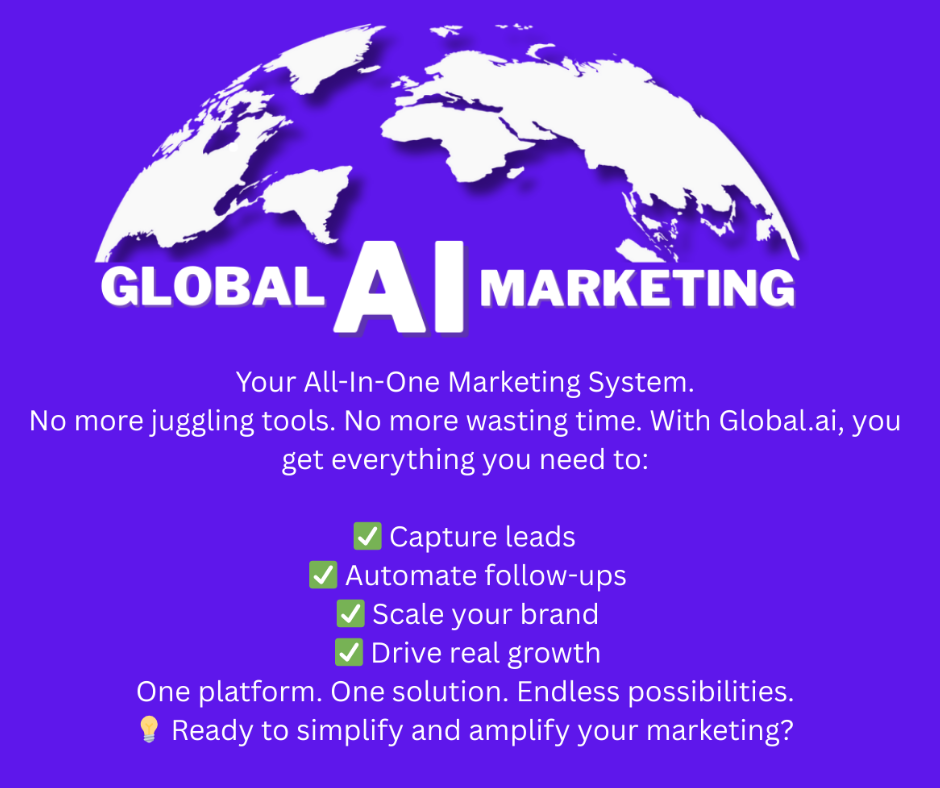Embracing the Future of Finance – The Importance of Learning About Blockchain, NFTs, and the New World of Money
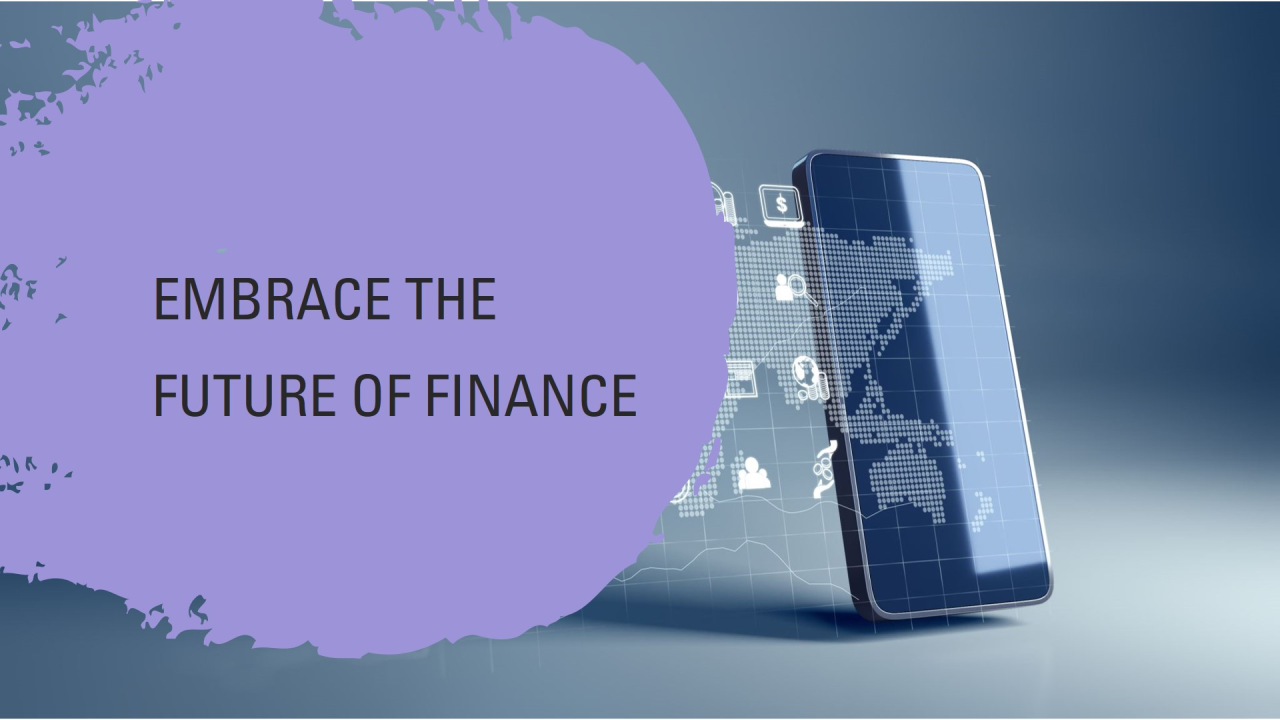
"Empowering Change Through Innovation, Compassion, and Strategic Growth" Business Development / Commercial Financing /EV Infrastructure / Real Estate / Facilities Maintenance Services / Business Advisory and Influencer
September 2, 2024
The financial landscape is undergoing a seismic shift. Just a few decades ago, the concept of digital money seemed like science fiction. Fast forward to today, and terms like blockchain, cryptocurrencies, Non-Fungible Tokens (NFTs), and decentralized finance (DeFi) are not just buzzwords but are paving the way for the future of money and finance. Understanding these innovations is no longer optional but essential for anyone who wants to stay ahead in an increasingly digital world. Whether you are an entrepreneur, an investor, a professional in any industry, or simply someone curious about how money is evolving, delving into these subjects will equip you with the knowledge to navigate the new financial landscape.
This newsletter aims to shed light on why learning about blockchain, NFTs, and the broader spectrum of digital finance is not only important but also potentially transformative for your career, investments, and understanding of global economic trends.
Understanding Blockchain: The Backbone of Digital Finance
What is Blockchain?
Blockchain is often described as a distributed ledger technology that allows data to be stored globally on thousands of servers. This means that any record entered into a blockchain is immutable and transparent, and the data is not controlled by a single entity. Each block in a blockchain contains a list of records, and each time a transaction is verified and added to the chain, it creates a new block. These blocks are linked using cryptographic hashes, forming a chain—hence the name "blockchain."
Blockchain technology was first conceptualized by an anonymous entity known as Satoshi Nakamoto in 2008 and was implemented the following year as the underlying technology for Bitcoin, the first cryptocurrency. However, the utility of blockchain extends far beyond cryptocurrencies. Today, it's used in various sectors including supply chain management, healthcare, finance, and even voting systems.
Why is Blockchain Revolutionary?
- Decentralization: Traditional databases, like those used by banks, are centralized. This means they are controlled by a single entity, which can make them vulnerable to hacking, fraud, or even political interference. Blockchain, on the other hand, operates on a decentralized network of computers, which makes it inherently more secure and less susceptible to manipulation.
- Transparency and Trust: Every transaction on a blockchain is visible to all participants on the network, ensuring a high level of transparency. Once data is recorded, it cannot be altered without altering all subsequent blocks, which requires consensus from the network. This creates an unprecedented level of trust among participants, as the system is nearly tamper-proof.
- Security: Blockchain's use of cryptographic hashes ensures that data is secure. Each block in the chain contains a unique hash and the hash of the previous block, linking them together. If someone tries to alter a block, it would change its hash, breaking the chain and alerting the network that the data has been tampered with.
- Efficiency:
Traditional financial transactions often require intermediaries such as banks or clearinghouses, which can slow down the process and add costs. Blockchain eliminates the need for these intermediaries, enabling faster and cheaper transactions.
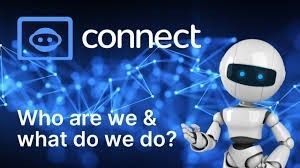
Learn More About Connect Community and Resources
Applications of Blockchain Beyond Cryptocurrencies
While blockchain gained fame as the technology behind Bitcoin, its potential uses extend into numerous other industries:
- Supply Chain Management: Companies can use blockchain to track the movement of goods in real-time, from the manufacturer to the consumer. This level of transparency can help reduce fraud, improve efficiency, and ensure the authenticity of products.
- Healthcare: Blockchain can secure patient records, ensuring they are accurate and accessible only to authorized individuals. This can streamline processes such as medical billing and sharing information between healthcare providers.
- Voting: Blockchain has the potential to revolutionize voting systems by ensuring that votes are accurately counted and immutable, reducing the risk of electoral fraud.
- Smart Contracts:
These are self-executing contracts with the terms of the agreement directly written into code. They automatically enforce the terms of a contract when certain conditions are met, reducing the need for intermediaries and the risk of breach of contract.
Non-Fungible Tokens (NFTs): Redefining Ownership in the Digital Age
What are NFTs?
Non-Fungible Tokens, or NFTs, are unique digital assets that are stored on the blockchain. Unlike cryptocurrencies like Bitcoin or Ethereum, which are fungible and can be exchanged on a one-to-one basis, NFTs are unique and cannot be exchanged on a like-for-like basis. Each NFT has a distinct value, which is often derived from its rarity, utility, or the emotional value placed on it by the owner.
NFTs can represent a wide variety of digital items, including artwork, music, videos, virtual real estate, and even tweets. Essentially, anything that can be digitized can be turned into an NFT.
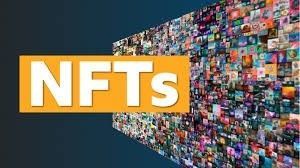
Why NFTs are Important
- Digital Ownership: NFTs provide a way to establish ownership of digital assets. Before NFTs, digital items could be copied and shared endlessly with no way to prove who the original owner was. NFTs solve this problem by creating a digital certificate of ownership that is stored on the blockchain and cannot be duplicated.
- New Revenue Streams for Creators: NFTs have opened up new avenues for artists, musicians, and other content creators to monetize their work. For example, an artist can create a digital piece of art, mint it as an NFT, and sell it directly to a buyer. What's more, because the blockchain tracks the ownership of the NFT, the artist can receive royalties every time the NFT is resold.
- Rarity and Collectibility: The value of NFTs often comes from their rarity. Just as with physical collectibles like rare coins or baseball cards, digital collectibles can become valuable over time. For example, a limited edition NFT from a popular digital artist could appreciate in value as demand increases.
- Interoperability and Utility:
NFTs can be used across multiple platforms and virtual worlds. For example, an NFT representing a virtual piece of clothing can be worn by your avatar in multiple online games or metaverse environments. This interoperability adds another layer of value to NFTs, as they can be used in various ways across different digital ecosystems.
Challenges and Criticisms of NFTs
Despite their potential, NFTs are not without controversy. Some of the key challenges include:
- Environmental Impact: The process of minting NFTs and maintaining blockchain networks requires a significant amount of energy, which has raised concerns about their environmental impact.
- Speculation and Volatility: The NFT market has been highly speculative, with some NFTs selling for astronomical sums. This has led to concerns about a potential bubble, as well as the risk of fraud and market manipulation.
- Legal and Copyright Issues:
Because NFTs represent digital assets, there have been cases of people minting and selling NFTs of content they do not own, leading to legal disputes and concerns about copyright infringement.
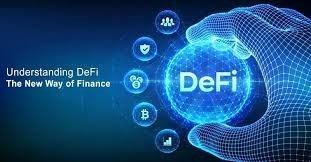
The New World of Money: Decentralized Finance (DeFi) and Beyond
What is Decentralized Finance (DeFi)?
Decentralized Finance, or DeFi, refers to a collection of financial services and products built on blockchain networks, primarily Ethereum. DeFi aims to replicate and improve upon traditional financial systems by offering services like lending, borrowing, trading, and insurance without the need for intermediaries like banks, brokers, or insurance companies.
Key Components of DeFi
- Smart Contracts: DeFi platforms use smart contracts to automate and enforce the terms of financial transactions. For example, if you take out a loan on a DeFi platform, a smart contract will automatically enforce the repayment terms without the need for a bank or lawyer.
- Decentralized Exchanges (DEXs): Unlike traditional exchanges, which are centralized and require users to trust the exchange operator, DEXs allow users to trade cryptocurrencies directly with one another. This peer-to-peer trading eliminates the need for intermediaries, reducing fees and increasing privacy.
- Stablecoins: These are cryptocurrencies that are pegged to the value of a fiat currency, like the US dollar, or other assets like gold. Stablecoins provide a way to maintain value in a volatile market, making them an essential component of the DeFi ecosystem.
- Yield Farming and Liquidity Mining: DeFi platforms often offer incentives to users who provide liquidity to their platforms. Yield farming involves lending or staking your crypto assets to earn rewards, while liquidity mining involves earning tokens by providing liquidity to a DEX.
Why DeFi is Transformative
- Accessibility: DeFi opens up financial services to anyone with an internet connection. Traditional banking systems often exclude individuals who lack access to banking services, especially in developing countries. DeFi eliminates this barrier, allowing anyone to borrow, lend, or invest without needing a bank account or credit history.
- Lower Costs: By eliminating intermediaries, DeFi platforms can offer lower fees than traditional financial services. This is particularly beneficial for cross-border transactions, which are often costly and time-consuming with traditional banks.
- Transparency and Control: DeFi platforms operate on open-source blockchain networks, meaning anyone can audit the code and understand how the system works. This transparency reduces the risk of fraud and gives users more control over their assets.
- Innovation and Flexibility:
The DeFi space is rapidly evolving, with new products and services being launched regularly. This pace of innovation is unmatched by traditional financial systems, which are often bogged down by regulation and bureaucracy. DeFi platforms are also highly flexible, allowing users to customize financial products to suit their needs.
Challenges and Risks in DeFi
While DeFi holds great promise, it also comes with risks:
- Security Vulnerabilities: Because DeFi platforms are built on blockchain networks, they are susceptible to bugs, hacks, and exploits. Several high-profile incidents have resulted in significant financial losses for users.
- Regulatory Uncertainty: The regulatory landscape for DeFi is still in its infancy. Governments around the world are grappling with how to regulate these platforms, and there is a risk that overly strict regulation could stifle innovation.
- Market Volatility:
The value of cryptocurrencies and DeFi tokens can be highly volatile, leading to significant financial risk for users.

The Future of Money: Emerging Trends and Technologies
As blockchain, NFTs, and DeFi continue to evolve, several emerging trends and technologies are poised to further reshape the financial landscape:
- Central Bank Digital Currencies (CBDCs): Several central banks are exploring the creation of digital versions of their currencies. CBDCs could offer the benefits of digital currency while maintaining the stability and oversight of traditional fiat currencies. However, they also raise questions about privacy, security, and the role of central banks in the digital economy.
- Tokenization of Assets: Beyond NFTs, the concept of tokenizing real-world assets is gaining traction. This involves creating a digital token on a blockchain that represents ownership of a physical asset, such as real estate or commodities. Tokenization could make it easier to trade and invest in these assets, potentially opening up new investment opportunities.
- Interoperability Between Blockchains: Currently, most blockchains operate independently, which can limit the ability to transfer assets or data between networks. However, new technologies are emerging that aim to create interoperability between blockchains, allowing for seamless transactions and communication across different networks.
- Decentralized Autonomous Organizations (DAOs): DAOs are organizations that operate on a blockchain and are governed by smart contracts. They allow for decentralized decision-making, with members voting on proposals and decisions being executed automatically. DAOs could revolutionize how businesses, nonprofits, and even governments operate.
- Metaverse and Virtual Economies:
As virtual worlds and the metaverse gain popularity, we are likely to see the rise of virtual economies powered by blockchain and NFTs. In these digital environments, people can buy, sell, and trade virtual goods and services, creating entirely new forms of commerce and wealth creation.
Why You Should Care: Preparing for the Digital Future
The shift towards digital finance is not just a passing trend—it’s a fundamental transformation of how we understand and interact with money. Whether you're an investor, a business owner, a professional, or simply someone interested in the future, understanding these technologies is crucial for staying ahead.
Investing in Your Financial Future
Investing time and resources into learning about blockchain, NFTs, and DeFi could be one of the most important decisions you make. These technologies are likely to play a significant role in the future of finance, and being knowledgeable about them will give you a competitive edge. Whether you're considering investing in cryptocurrencies, exploring the potential of NFTs, or thinking about how DeFi could disrupt traditional banking, now is the time to educate yourself.
Staying Informed and Adapting to Change
The financial landscape is evolving rapidly, and staying informed is key to navigating these changes. By understanding the fundamentals of blockchain, NFTs, and DeFi, you'll be better equipped to make informed decisions, whether you're managing your investments, running a business, or planning for the future.
Embracing Innovation and Opportunity
The new world of money is full of opportunities for those who are willing to embrace change. From new business models to innovative investment opportunities, the possibilities are endless. By learning about these technologies now, you can position yourself to take advantage of the opportunities that lie ahead.
The future of finance is digital, decentralized, and dynamic. Understanding blockchain, NFTs, and decentralized finance is not just about keeping up with trends—it's about preparing for the future. These technologies are already influencing how businesses operate, how investments are made, and how wealth is generated. By educating yourself now, you can be part of the financial revolution that is reshaping our world.
If you found this newsletter insightful, follow me for more updates on the latest trends in finance and technology. Let's explore the future of money together!

Schedule A call Today:
www.manfreandassociates.com




